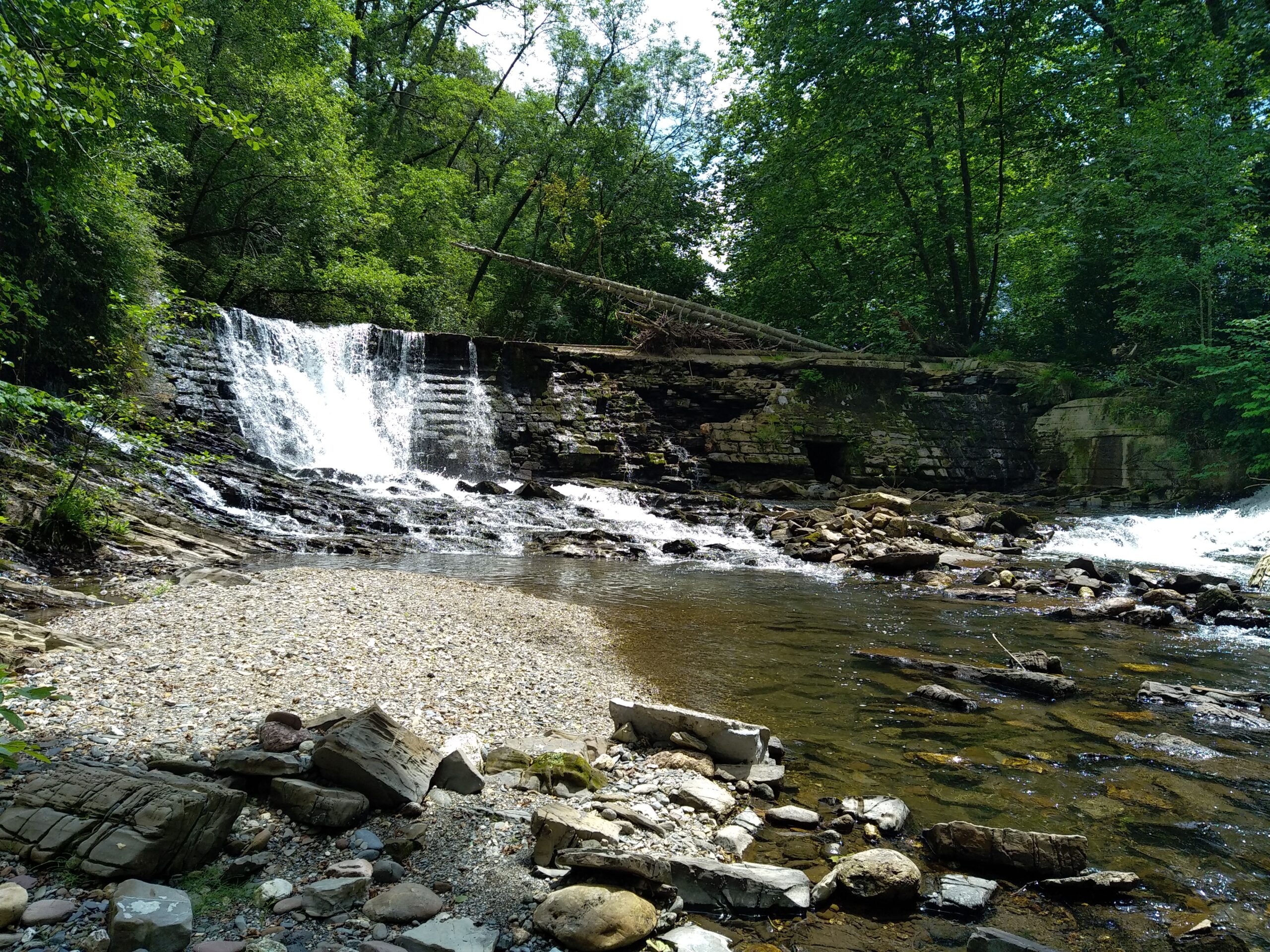Dam Removal Europe (DRE) is a movement of river enthusiasts, volunteers, activists, river practitioners, biologists, environmental agencies, and other actors related to water management and freshwater ecosystem restoration.
Who we are
Dam Removal Europe is a movement
of river enthusiasts, volunteers, activists, river practitioners, biologists, environmental agencies, and other actors related to water management and freshwater ecosystem restoration. The whole network joins more than five thousand individuals, but the motor of this movement is a coalition formed by seven organisations united by one common goal: restoring free-flowing rivers. Currently, Dam Removal Europe is composed of WWF, The Rivers Trust, The Nature Conservancy, the European Rivers Network, Rewilding Europe, Wetlands International, and the World Fish Migration Foundation.
6000+
Individuals
119
Countries participating
What we do
Think global and act local!
We take the “glocal” approach – think global and act local! We believe that by connecting the right people and working together, we can restore rivers faster and bring them to life again.
Our action model is divided into several activities:
Are dams that bad? Yes!
What are dams? Dams are not only big concrete structures blocking rivers, they can be as small as half a meter high!
Let’s bring in the experts: artificial longitudinal river barriers can be defined as “any built structures that interrupt or modify the flow of water, the transport of sediments, or the movement of organisms and can cause longitudinal discontinuity” and can be categorized into six main types, based on their features and impact on water flow and the fluvial habitats. Minimum height thresholds should not be considered when identifying such barriers.
Why dam removal
For nature
Transversal barriers interrupting river flow, like dams, weirs, culverts or fords, can have different impacts on nature. By removing these barriers, we solve these negative impacts:
- Causing channel and bank erosion. E.g.: Riverbed degradation problem in Lech River (Austria)
- Deltas disappearing due to the lack of sediment deposition. E.g.: Elwha Delta recovery (Washington State, USA)
- Coastal erosion (beach shrinking or disappearing). E.g.: How a uselss da nearly destroued an econic beach (California, USA)
- Emission of green gasses, like methane (depending on the location, climate, dimensions of the reservoir). E.g.: Methane emissions from Impounded rivers: Examples from Southern Germany
- Decline or extinctions of freshwater fish population, due to impeding fish to migrate to their feeding and reproduction grounds. E.g.: Recovery of wild migratory fish population in all Pärnu River Basin.
- Deteriorating water quality, due to less oxygen levels, no natural temperatures above and below the barrier, toxic algae booming. E.g.: Vezins Dam removal (France), Four major river project blue-green algae problem (South Korea),
For people and for local economy
Removing instream barriers can bring important socio-economic benefits:
- Creating new jobs and a new economy. E.g. Economic & Community Benefits from Stream Barrier Removal Projects in Massachusetts 2015
- Increasing real state market. E.g.:
- Enhancing eco-tourism. E.g.: Pärnu River dam removals are nominated for the Nature&Scenery Awards of the Green Destinations 2024 thanks to the dam removals and river recovery.
- New business opportunities. E.g.: Thanks to Pärnu River dam removals, a Rapids Center has been built by Tori Municipality and special fishing guide tourism is being planned for the whole basin. Thanks to the migratory fish population recovery.
For safety
- Avoiding dam collapses. E.g.: 63 da failures in the last 3 years in USA taken from ASDO dam failure database,
- Preventing flooding. E.g.: “San Marcos Weir in Leon City (Spain) prevented the flooding of the city during the heavy rains of 2014 and 2019” oral communication from Duero River Basin Authority of Spain.
- Preventing fatalities. E.g.: Link o the drowning machines database

Want to support our mission?
Simple ways to get involved:
Dam Removal Europe is a movement which wouldn’t exist without all the people helping us to make rivers free flowing again.









